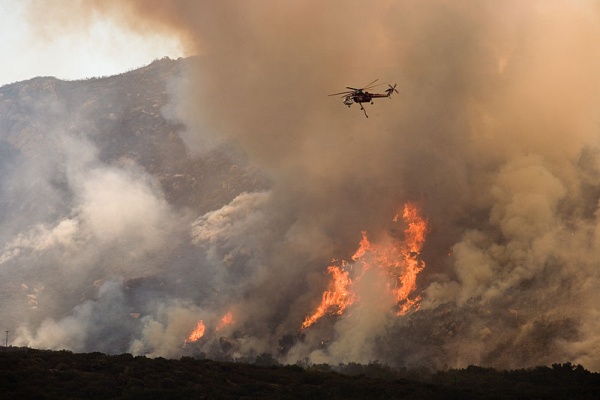Early this month it was scary to read Chuck Tague’s account of a brush fire that came within two miles of his Ormond Beach home.
While the fired burned in Florida I was in another fire-prone place, San Diego, listening to a speech by Dr. John Fitzpatrick of the Cornell Lab of Ornithology in which he touched on how important fire is for scrub habitats and for the survival of the Florida scrub-jay in particular.
To most of us wildfire is rare but it’s a natural cycle in scrub communities where plants, animals, and birds rely on its regular occurrence. “Regular” is important. If fire happens too often or too infrequently that’s bad too.
It has taken a while to learn this. Dr. Fitzpatrick described how they studied fire and birds at Archbold Station in Highlands County, Florida. For two decades Archbold suppressed fires and watched the scrub-jay population surge then dangerously decline. After 20 years scientists burned small tracts and watched the scrub-jays surge again. They learned that the Florida scrub-jay’s optimal habitat is at 5-15 years after a fire. At 15 years the scrub gets too tall, the jay’s predators increase and the birds decline.
Fire is necessary. The trick in populated areas is to manage it so it happens only when and where it’s needed.
In San Diego the local government conducts brush management programs to protect homes and businesses. According to San Diego Audubon, these programs sometimes make matters worse. If workers clear away native chaparral, it not only destroys endangered bird habitat but results in fire-prone grassy weeds that burn more easily. Proper management of native habitat actually lowers the risk of explosive fire.
So though we fear it, fire is important. Without it we wouldn’t have Florida scrub-jays, California gnatcatchers and coastal cactus wrens, to name a few.
(photo of a helicopter dropping water on a California wildfire, by FEMA via Wikimedia Commons. Click on the image to see the original.)

As usual, very interesting Kate. Thanks for sharing!